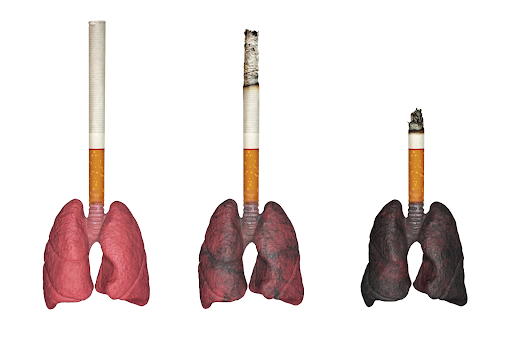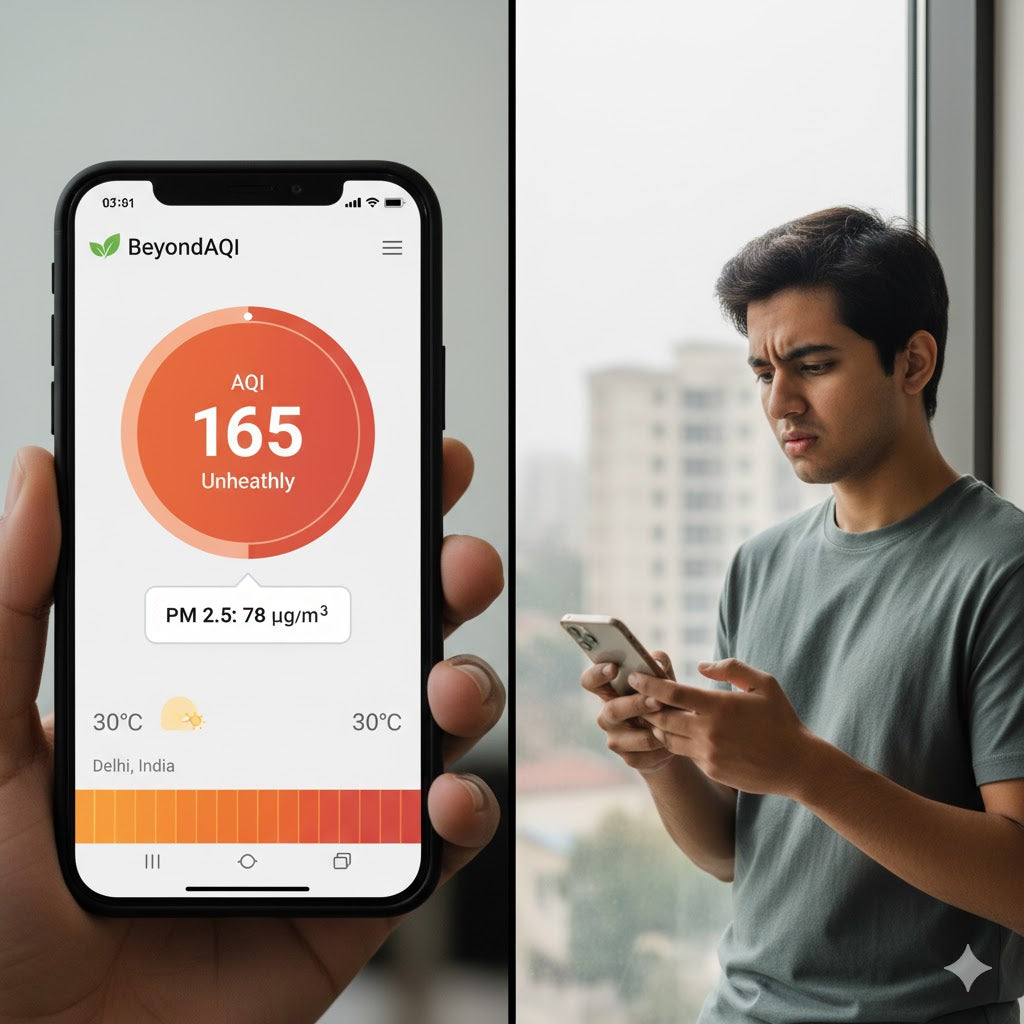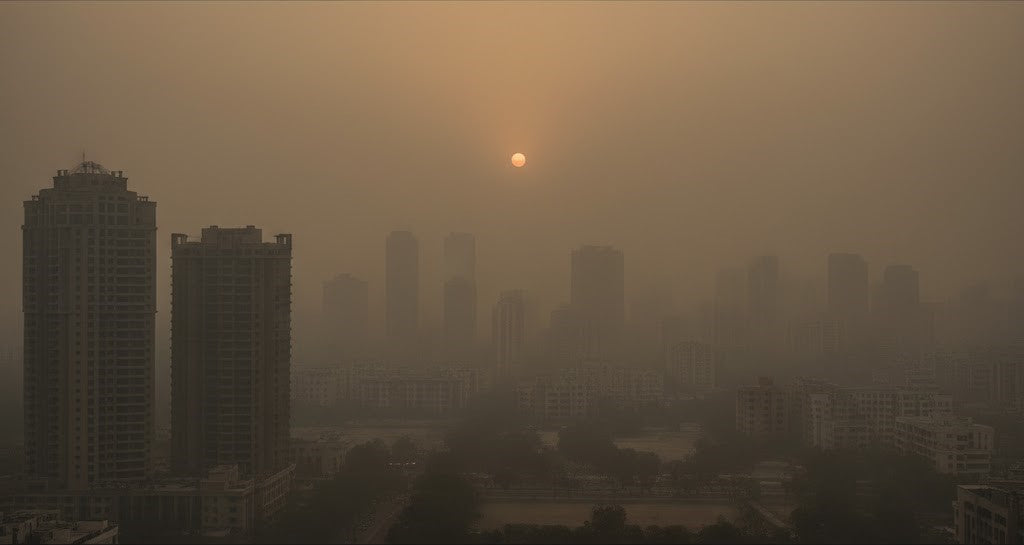Smoking is one of the leading causes of preventable deaths worldwide, severely affecting both the heart and lungs. Whether you’re a smoker or exposed to secondhand smoke, the long-term damage from tobacco and nicotine can lead to chronic diseases, reduced lung capacity, and life-threatening conditions.
This blog explores how smoking harms cardiovascular and respiratory health and how air purification can help minimize secondhand smoke exposure for a healthier lifestyle.
The Devastating Effects of Smoking on the Lungs
The lungs are one of the first organs to be affected by cigarette smoke. With each inhale, harmful chemicals, tar, and fine particulate matter (PM2.5) enter the respiratory system, leading to:
-
Destruction of Alveoli – Smoking damages the tiny air sacs in the lungs, reducing oxygen absorption.
-
Chronic Bronchitis & COPD – Tar buildup increases mucus production, leading to a chronic smoker’s cough and breathing difficulties.
-
Lung Cancer Risk – Long-term exposure to carcinogens in cigarette smoke significantly raises the likelihood of lung cancer.
-
Reduced Lung Function – Over time, smokers experience shortness of breath, wheezing, and irreversible lung scarring.
How Smoking Affects the Heart
Smoking not only damages the lungs but also puts immense strain on the cardiovascular system. Here’s how:
-
Narrows & Hardens Arteries – Reduces blood flow, increasing the risk of heart attacks and strokes.
-
Elevates Blood Pressure & Heart Rate – Forces the heart to work harder, leading to long-term damage.
-
Increases Blood Clots – Nicotine and carbon monoxide reduce oxygen levels, making blood thicker and more prone to clotting.
-
Leads to Atherosclerosis – The buildup of plaque in arteries causes coronary heart disease (CHD).
The Hidden Dangers of Secondhand Smoke
Even if you don’t smoke, exposure to secondhand smoke can be just as dangerous. Studies show that breathing in tobacco smoke can:
-
Increase the risk of lung infections & asthma attacks.
-
Cause cardiovascular diseases in non-smokers.
-
Harm children & pets, leading to developmental and respiratory issues.
How atovio Can Help Reduce Secondhand Smoke Exposure
While quitting smoking is the best way to protect your health, atovio’s Advanced Variable Anion Technology () helps reduce exposure to airborne toxins by:
-
Neutralizing harmful chemicals & fine particulate matter from cigarette smoke.
-
Reducing airborne carcinogens, preventing them from circulating indoors.
-
Providing portable air purification for enclosed spaces like homes, offices, and cars.
-
Scientifically validated at IIT Kanpur, ensuring up to 90% reduction in airborne pollutants.
Additional Tips to Minimize Smoking-Related Health Risks
-
Avoid smoking indoors to reduce indoor pollution.
-
Use an air purifier like atovio Pebble to eliminate lingering toxins.
-
Stay hydrated to flush out harmful chemicals from the body.
-
Engage in regular exercise to strengthen lung capacity and heart health.
-
Seek smoking cessation programs for long-term health benefits.
– Protect Your Heart and Lungs
Smoking is a silent killer, but awareness and proactive steps can help reduce its impact on your health. Whether you’re a smoker or concerned about secondhand smoke, taking steps to improve air quality can make a significant difference.
atovio Pebble offers a powerful air purification solution to neutralize cigarette smoke pollutants, helping create a cleaner and healthier environment for you and your loved ones.
✅ Take control of your air quality today! Get atovio Pebble Now






Share:
What is Chronic Obstructive Pulmonary Disease (COPD),Causes & How to Manage it
How to Deal with Pollen Allergy – Effective Solutions for a Sneezeless Life
1 comment
I used the ww w. madibaherbalcenter. com COPD Emphysema disease herbal formula for a total of three months, and it completely reversed my COPD Emphysema . I experienced a full reduction in all symptoms. I just resumed his work two weeks ago. My prayers go out to all COPD patients and their caregivers.